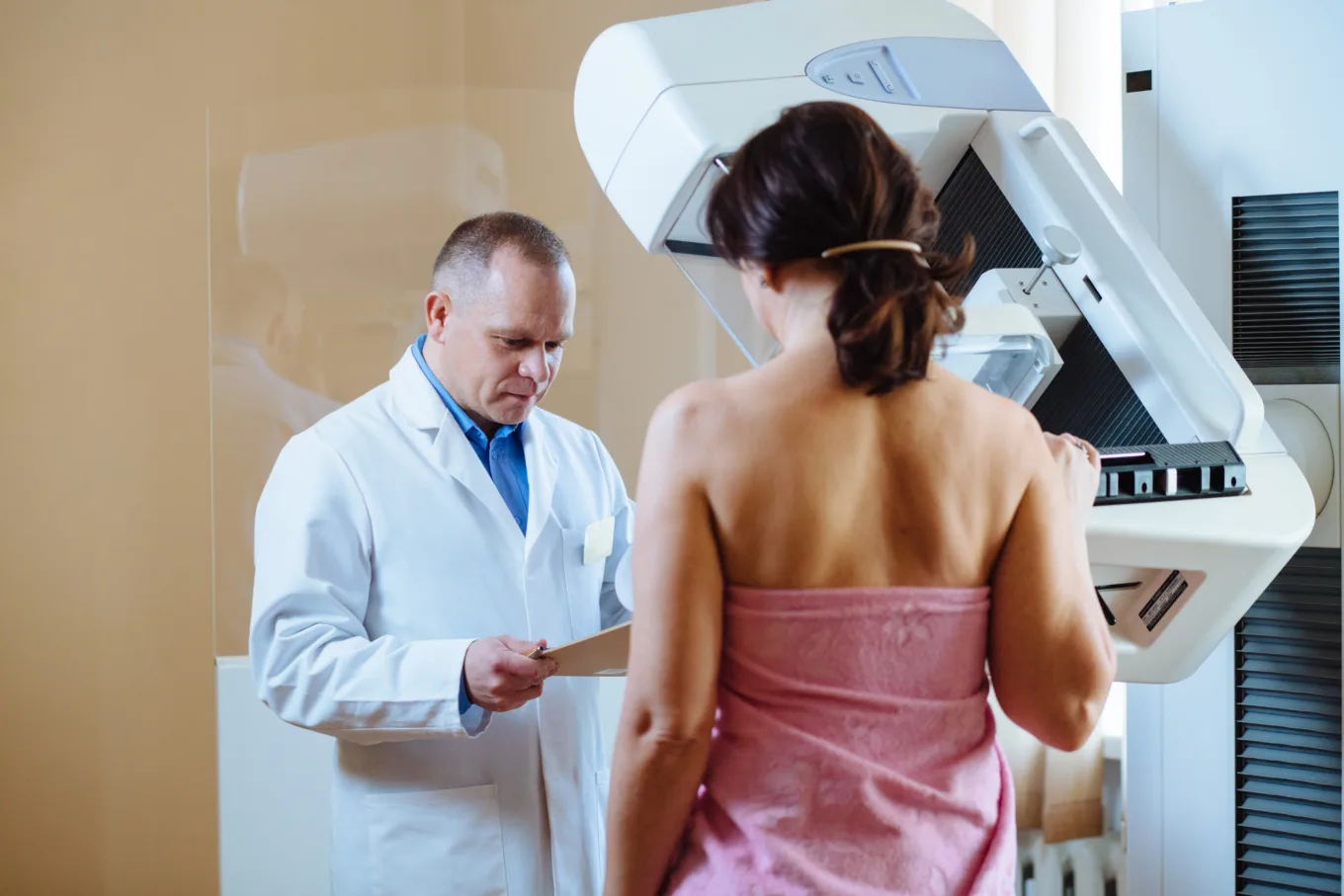Excluding skin cancers, breast cancer is the most common issue facing American women. It is the second-leading cause of cancer-related death. Although early detection through screenings and improved treatment options are creating statistical declines, there is still a lot of work to do. [1]
One truth stands out for doctors above all others with breast cancer. When it is detected early, it is much easier to treat.
Artificial intelligence is helping doctors detect breast cancer earlier than ever before, leading to fewer aggressive therapies and better outcomes.
AI Increases the Cancer Detection Rate by 23%
Lynn Women’s Health and Wellness Institute was one of the first facilities to implement AI technology in the breast cancer screening process. It was initially developed during the pandemic, helping to dramatically increase the early detection rate for patients in Boca Raton and South Florida.
This technology helps staff identify cancer cells as small as 3mm in size. In return, the earlier detection results in fewer mastectomies, smaller lumpectomies, and less radiation or chemotherapy treatments.
The mammogram process doesn’t change for the patient. AI helps radiologists who might review hundreds of images during a standard shift, by simplifying the detection process by finding what human eyes might miss.
Dr. Kathy Schilling is the medical director at the institute. “Artificial intelligence is different because it continues to learn, and it sees things that are not identified by a human being,” she said. “It sees adjacency, and it sees things on the mammogram that our eyes and our brain can’t even perceive.”
The 3D mammography process creates four images from hundreds of stills that get converted into a 1mm image per exam. With the inclusion of artificial intelligence, patients receive a second set of “eyes” for a fresh perspective.
Does the Inclusion of Artificial Intelligence Work Consistently?
According to Dr. Schilling, the institute has reviewed over 54,000 screenings it conducted before the inclusion of AI technology from 2018 to 2020. They also went over the data from more than 48,000 screenings after it was introduced. [2]
The results are based on what the institute’s nine radiologists in this field saw, with an average of 22 years of experience.
“I was so shocked,” said Schilling. “If you had found 100 cancers before using AI, we found 123 after using it. That’s a significant increase in number, and we found that we were able to do that without calling more patients back.”
AI algorithms, particularly those using deep learning, have become incredibly proficient at analyzing mammograms. They can detect subtleties in imaging that may be missed by humans, which can lead to earlier and more accurate detection of breast cancer.
One of the challenges in breast cancer detection is distinguishing between benign and malignant lesions. AI helps in reducing false positives and false negatives, thereby minimizing unnecessary biopsies and the anxiety associated with a potential misdiagnosis.
Schilling believes that the results they’ve experienced with AI and breast cancer detection will help doctors in other fields move away from standardized age-based guidelines to a more personalized methodology.
Does AI Change How Often Women Should Be Screened for Breast Cancer?
Although AI is improving breast cancer detection rates, the technology is only usable when women have regular mammograms. Currently, there are no expected changes to the general guidelines for this checkup.
Women between the ages of 40 to 44 can start annual mammograms if they wish, often with insurance benefits covering most, if not all the cost.
At age 45, all women should get mammograms each year. After 55, the option to go every other year is available for some patients. Screening should continue as long as a woman is in good health and is expected to live at least ten more years. All women should be familiar with the known benefits, limitations, and potential harms linked to breast cancer screening.
Are There Recommendations for Men to Receive Mammograms?
Most men diagnosed with breast cancer discover a lump during self-examination or their doctor finds it during a physical. Mammograms are not typically part of the routine screening process for guys. [3]
There are some exceptions. Men with breast cancer symptoms, a family history of genetic risk, and those with radiation therapy exposure to the chest might receive recommendations to get screened regularly. [4]
Even in these situations, AI is expected to have a profound influence on detecting difficult breast cancers in the coming months and years.
“We have the opportunity to enter into a new era and treatment of breast cancer,” said Dr. Schilling. “It's a promising intersection of technology and medicine that's already beginning to bear fruit.”
References:
[1] https://www.cancer.org/cancer/types/breast-cancer/about/how-common-is-breast-cancer.html
[2] https://medicalxpress.com/news/2023-10-era-treatment-breast-cancer-ai.html
[3] https://www.menshealth.com/health/a19539944/male-breast-cancer-facts/












